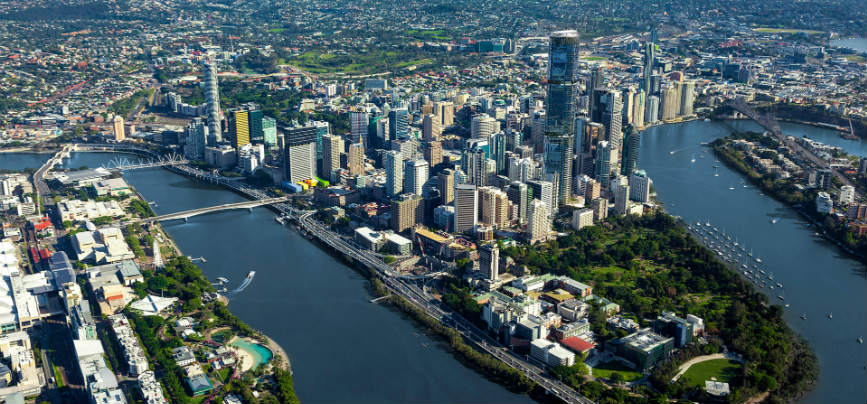

Learn the everything you need to know about hundreds of projects from throughout Australia. We’ve got the insider information to ensure that you choose the apartment, townhouse or house and land project that suits you and your lifestyle.
This is independent editorial content written by a PropertyMash Journalist. While we try to ensure all information is as accurate as possible, please double check with the developer or real estate agent directly before making a purchasing decision. The information contained within this article may be incorrect or out of date.
If you are concerned about our environment you can buy an eco-friendly car, you can offset your carbon emissions when you fly and even choose renewable electricity, but what about if you want to buy an eco-friendly property? Commercial property has been providing environmental ratings for new developments for a number of years, but the residential property industry has been slow to adopt recognisable standards. Thankfully, a number of competing standards are now developing which you can use to determine if the property you are buying is environmentally friendly.
The most common ranking system for residential developments in Australia is the Urban Development Institute of Australia’s (UDIA’s) EnviroDevelopment Leaf rating. The scientifically-based rating system independently reviews each project and awards up to six leaves for outstanding performance in four or more of the categories: ecosystems, waste, energy, materials, water and community. A leaf for Ecosystems means a development has made efforts (and mostly succeeded) to protect and enhance existing ecosystems and rehabilitate natural vegetation sites. A Waste leaf means resources have been used efficiently and reduced the volume of waste sent to landfill. An Energy leaf indicates a project has gone above and beyond government requirements and reduced greenhouse gas emissions by a further 20 percent. A Materials leaf is awarded when at least 20 percent recycled, renewable, or low lifetime carbon-emission materials are used throughout the project. The blue Water leaf is allocated to developments that reduce drinking water usage by a further 20 percent compared to minimum regulatory compliance for the area and a Community leaf highlights efforts in creating safe, cohesive and vibrant communities.
Of course, the more leaves, the more environmentally friendly the development is: a 6-leaf rating, as you can see, is difficult to get, but is rightly highlighted by the developers when it is achieved.
LAI (standing for Leaf Area Index) or GPR (Green Plot Ratio) ratings are often used internationally as rating systems for apartment developments. Less frequently used in Australia, LAI or GPR ratings often pop up on internationally-recognised developments generally in the capital cities. These two rating systems are very similar — in fact, the Green Plot Ratio is actually the average LAI for a site. The Leaf Area Index measures the health of natural ecosystems, so the Green Plot Ratio provides a number to measure the amount of greenery on a development site.
NABERS is a rating system commonly used in commercial property in Australia, and can be used for residential property but has been slow to be adopted. NABERS is the acronym for the National Australian Built Environment Rating System, which is essentially designed to be a star-rating system for buildings. A NABERS rating will be based on an assessment of the common areas in a development, including energy and water consumption.
There is a small but rapidly growing sector of the property development community who are actively designing and building new projects that are eco-friendly. Just like all green initiatives, the power lies with the buyers. Making environmental efficiency a priority for your new home will help these initiatives become vital considerations for developers, leading to a greener, more sustainable future for the entire industry. Check out our list of the Top 5 environmentally-friendly projects in Queensland.
If you visit the PropertyMash.com website you will find a full ranking list of eco-friendly properties, helping to save the environment and your back pocket at the same time.

We would love to hear your thoughts on this project.
Have you visited this project recently, or perhaps you live nearby or bought in a neighbouring building? Tell us what you love about this project, or perhaps what you don't.